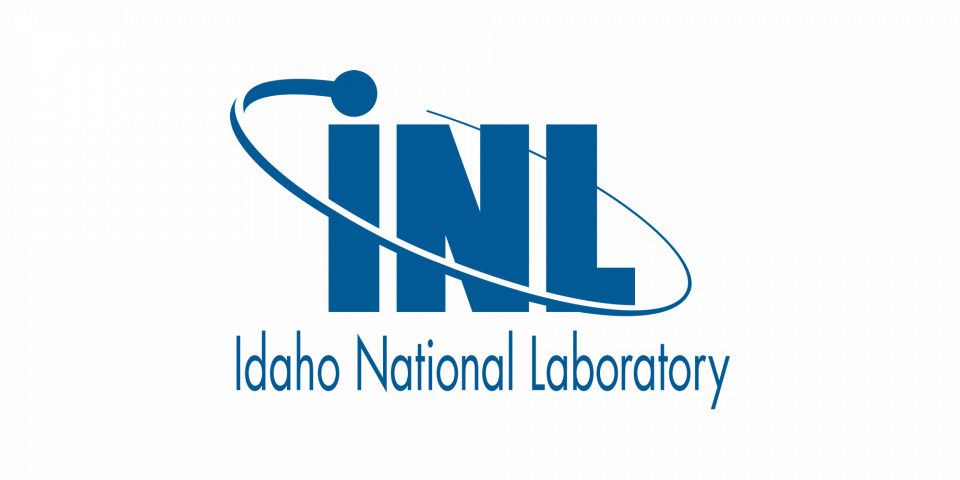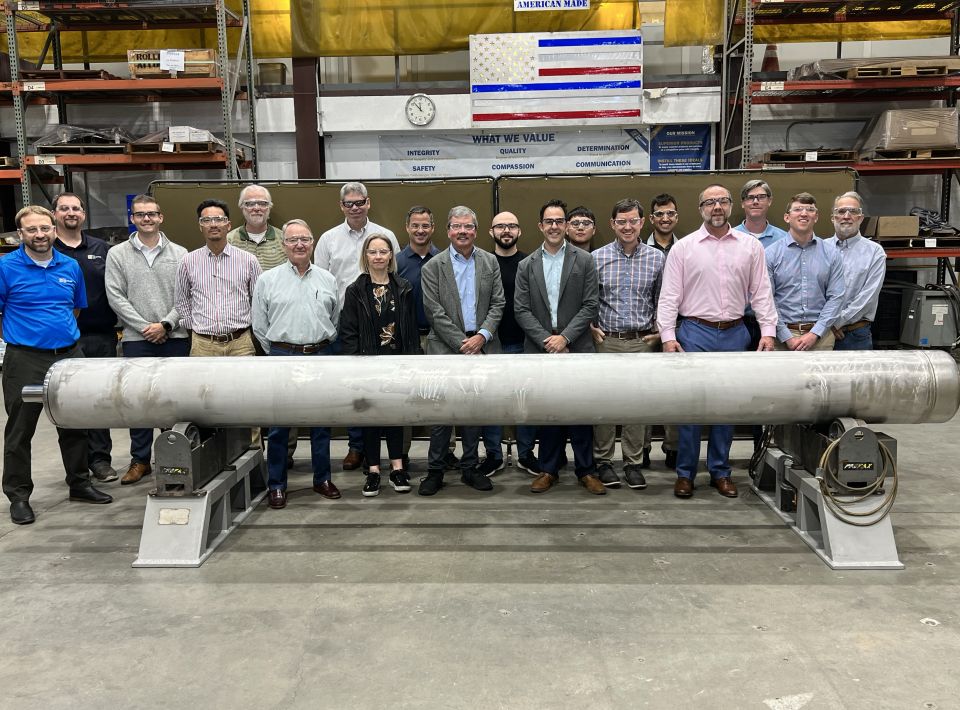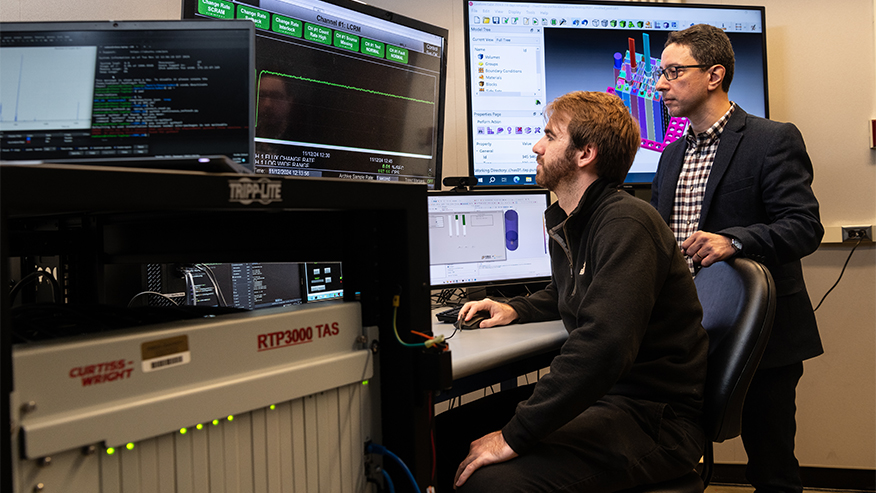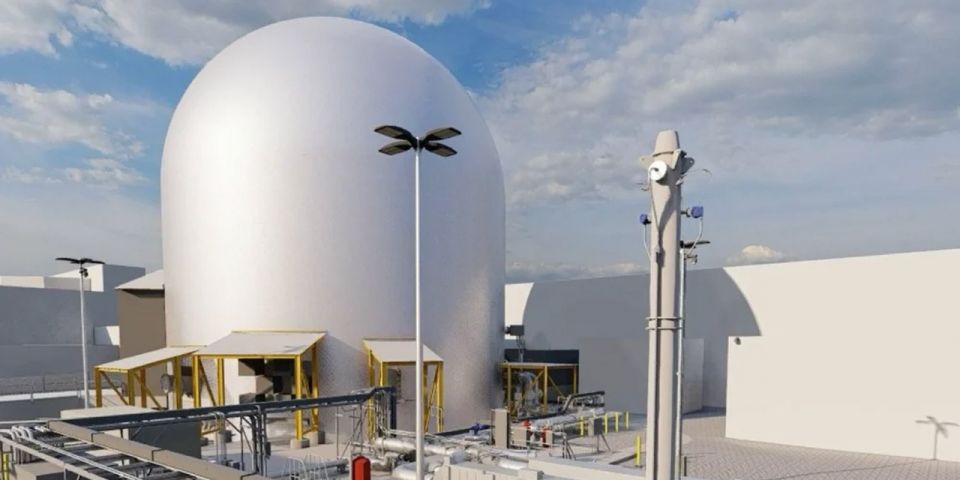Go with the flow
Nuclear thermal hydraulics—for light water reactors or advanced reactors cooled by gas, metal, or salt—is all about defining safety and performance margins as things heat up.

Nuclear thermal hydraulics—for light water reactors or advanced reactors cooled by gas, metal, or salt—is all about defining safety and performance margins as things heat up.
INL to use Microsoft’s AI to streamline nuclear licensing
The Idaho National Laboratory has announced that it will collaborate with Microsoft on the use of artificial intelligence technologies to streamline the nuclear permitting and licensing...

From the Pages of Nuclear News: Industry update July 2025
Here is a recap of industry happenings from the recent past:ADVANCED REACTOR MARKETPLACE Utah moves to forefront of advanced nuclear developmentEnergySolutions has signed a memorandum of...
Radfest at Argonne kicks off ANS Annual Conference
The day before the 2025 ANS Annual Conference officially began in Chicago, the air was abuzz with the crackle of Geiger counters at Argonne National Laboratory in neighboring Lemont, Ill.,...

DOE opens pilot program to authorize test reactors outside national labs
Details of the plan to test new reactor concepts under the Department of Energy’s authority but outside national laboratory boundaries—first outlined in one of the four executive orders on...
NRC announces hearing opportunity on Long Mott construction permit
The Nuclear Regulatory Commission is providing the opportunity to request a hearing on Dow Chemical Company’s application to construct a 320-MWe nuclear power plant at the company’s...

Smarter waste strategies: Helping deliver on the promise of advanced nuclear
At COP28, held in Dubai in 2023, a clear consensus emerged: Nuclear energy must be a cornerstone of the global clean energy transition. With electricity demand projected to soar as we...
 rotated.jpg)
High-temperature plumbing and advanced reactors
The use of nuclear fission power and its role in impacting climate change is hotly debated. Fission advocates argue that short-term solutions would involve the rapid deployment of Gen III+...
Trump issues executive orders to overhaul nuclear industry
The Trump administration issued four executive orders on Friday aimed at boosting domestic nuclear deployment ahead of significant growth in projected energy demand in the coming decades....
Purdue’s research reactor aids in advanced reactor development
A research reactor built in 1962 that was converted to digital control and operation in 2019 is aiding the development of advanced nuclear reactors, such as small modular reactors and...

Developers can apply now to test a fueled reactor in NRIC’s DOME
The National Reactor Innovation Center is accepting applications from developers ready to take a fueled microreactor to criticality inside the former Experimental Breeder Reactor-II...
